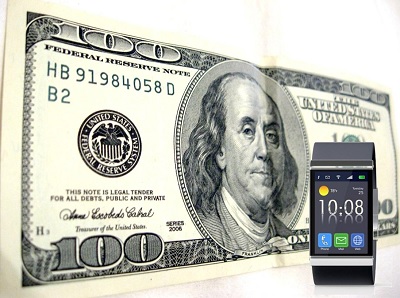This free device has been designed to encourage shoppers to purchase a lot more than they otherwise would.
Amazon has just launched its latest mobile gadget in the form of the Dash, a handheld device that is meant to make it a great deal easier for consumers to be able to add items to their shopping lists.
This device is currently available only by invitation, but it is being handed out for free.
According to the website, Every member of the family can use Dash to easily add items to your AmazonFresh shopping list.” The mobile gadget simply needs to be directed at the barcode on an item in the kitchen that is running low – perhaps the bottle of ketchup, the jar of peanut butter, or a box of cereal, for example – and press the scan button. The device retrieves the information about that product from its barcode and sends it to the cloud. Then, the next time an AmazonFresh order is made, the scanned items will already be on the shopping list.
Even without the barcode, this mobile gadget can receive voice instructions.
If the item isn’t handy, if the package has already been tossed, or if you’d just like to add it and you didn’t previously have it in your kitchen, the user simply needs to press the microphone button and tell the device what is wanted. Voice recognition software will allow the device to be able to interpret what is being said so that it can be added to the shopping list.
The Dash gadget is meant to work alongside AmazonFresh, which is the grocery delivery service from Amazon. It is currently available in Southern California, San Francisco, and Seattle, only. The device works by connecting to the WiFi network within the home in order to add the various desired items directly onto the shopping list for that service. Then, later on, a computer, tablet, or smartphone can be used to review the order, edit it, and complete it so that the items can be shipped to the home.
At the moment, the only way to obtain this mobile gadget is by receiving an invitation that includes a code that must be entered in order to request it – for free – online.


